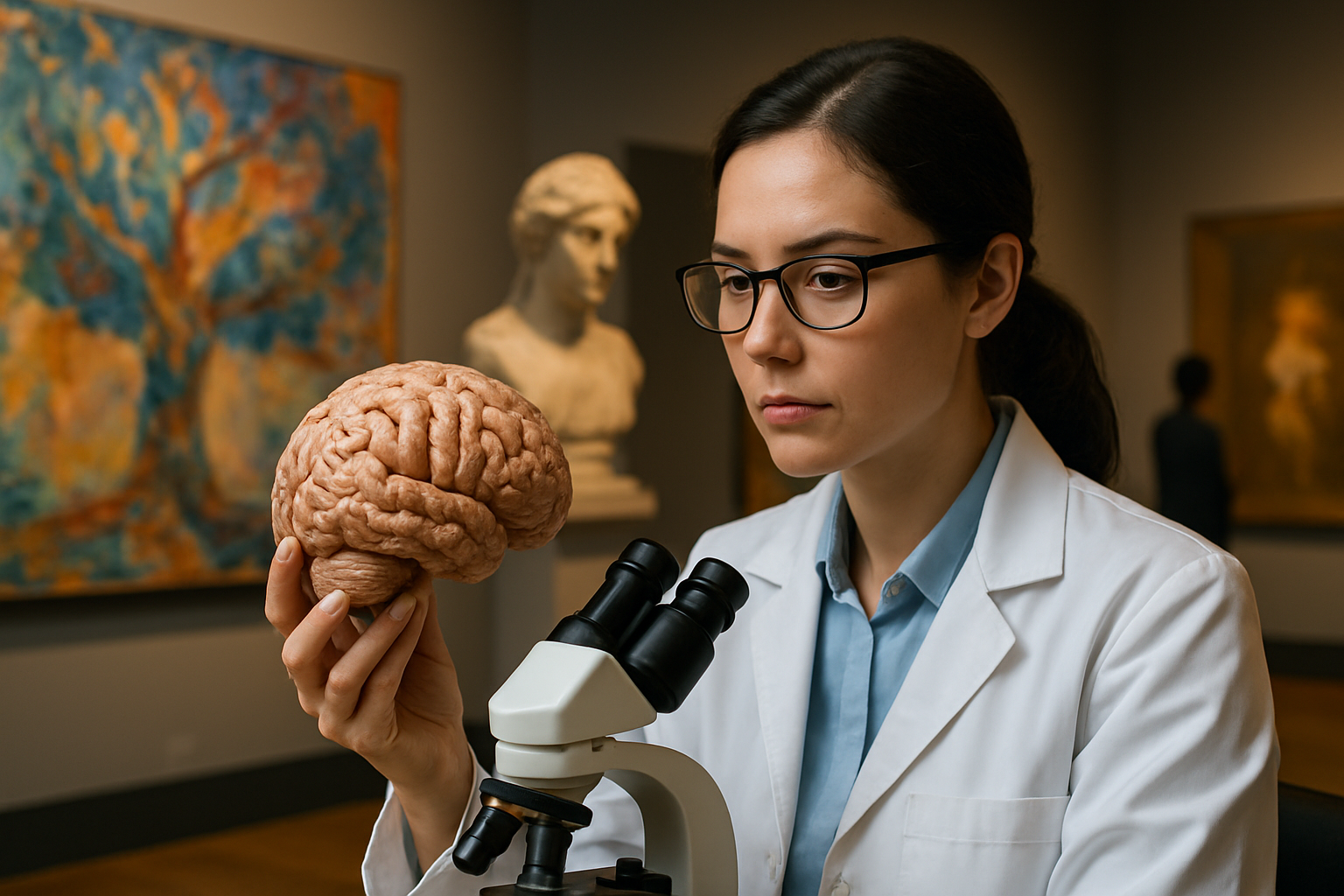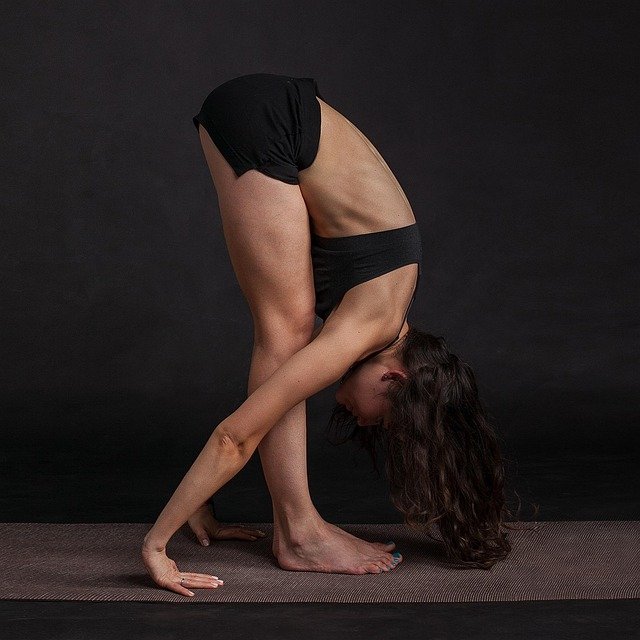Neuroaesthetics: The Science of Beauty in the Brain
The intersection of neuroscience and art is revolutionizing our understanding of beauty, creativity, and aesthetic experiences. Neuroaesthetics, an emerging field, explores how our brains process and respond to art, design, and visual stimuli. Read below to delve into this fascinating realm where science meets creativity.

The Origins of Neuroaesthetics
The roots of neuroaesthetics can be traced back to the late 20th century when advances in neuroimaging technologies allowed scientists to observe brain activity in real-time. Pioneering researchers like Semir Zeki and Vilayanur S. Ramachandran began exploring the neural correlates of aesthetic experiences, laying the groundwork for this emerging field. Their early studies focused on how the brain processes visual art, examining the neural pathways activated when viewing paintings or sculptures. As the field progressed, researchers expanded their scope to include other forms of art, such as music, dance, and literature, revealing commonalities in how the brain responds to various aesthetic stimuli.
The Neural Basis of Beauty
At the core of neuroaesthetics is the quest to understand what makes something beautiful to the human brain. Studies have shown that when we encounter something we find aesthetically pleasing, specific brain regions become active. The orbitofrontal cortex, involved in processing emotions and rewards, lights up when we view art we find beautiful. Similarly, the ventral striatum, part of the brain’s reward system, shows increased activity during aesthetic experiences. These findings suggest that our perception of beauty is closely tied to our brain’s pleasure and reward centers, explaining why aesthetic experiences can be so emotionally powerful and memorable.
The Role of Cultural and Personal Experiences
While neuroaesthetics reveals universal patterns in how our brains process beauty, it also highlights the significant role of cultural and personal experiences in shaping aesthetic preferences. Research has shown that exposure to different art forms and cultural norms can influence neural responses to aesthetic stimuli. For example, studies comparing the brain activity of Western and non-Western participants viewing art from different cultures have revealed both similarities and differences in aesthetic processing. This interplay between biology and culture underscores the complexity of aesthetic experiences and challenges simplistic notions of universal beauty standards.
Applications of Neuroaesthetic Insights
The findings from neuroaesthetics research are being applied across various fields, from art therapy to consumer product design. In healthcare, art-based interventions informed by neuroaesthetic principles are being used to aid in recovery from brain injuries and mental health disorders. The field of neuromarketing is leveraging insights from neuroaesthetics to create more appealing product designs and advertising campaigns. Additionally, museums and galleries are using neuroaesthetic research to curate exhibitions that optimize visitor experiences, considering factors like color, composition, and spatial arrangement to enhance engagement and emotional impact.
The Future of Neuroaesthetics
As technology advances and our understanding of the brain deepens, the field of neuroaesthetics continues to evolve. Emerging areas of research include exploring the role of multisensory integration in aesthetic experiences, investigating the neural basis of creativity, and examining how aesthetic preferences change across the lifespan. Some researchers are even using artificial intelligence to create art based on neuroaesthetic principles, raising intriguing questions about the nature of creativity and the potential for machines to generate aesthetically pleasing works. As we unravel more mysteries of how beauty is processed in the brain, we may gain new insights into consciousness, emotion, and the very essence of human experience.





